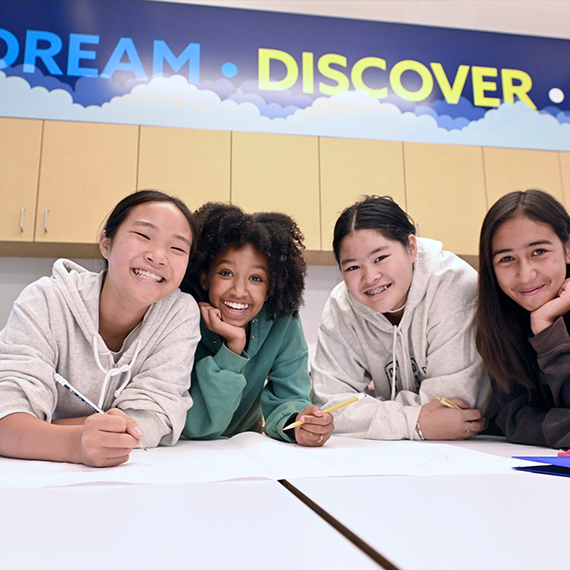There’s a question consistently pondered within educational circles: What’s the best way to gauge the success of specific programs and approaches to learning? Grades may give the individual student a sense of how well they are learning course material, and standardized tests have long been valued as a way to measure both individual progress and organizational success. At the Tiger Woods Foundation, we have been honored to serve thousands of young people through our programs since inception in 1996. Pre- and post-tests continue to show that students are benefiting from our approach to learning. Naturally, the next question for us is, “Where do we go from here?”
There’s a question consistently pondered within educational circles: What’s the best way to gauge the success of specific programs and approaches to learning? Grades may give the individual student a sense of how well they are learning course material, and standardized tests have long been valued as a way to measure both individual progress and organizational success. At the Tiger Woods Foundation, we have been honored to serve thousands of young people through our programs since inception in 1996. Pre- and post-tests continue to show that students are benefiting from our approach to learning. Naturally, the next question for us is, “Where do we go from here?”
Anecdotal records are collected regularly by our staff and are rich with data highlighting how our programs have given young people confidence to pursue college as a result of their participation in one or more of our career exploration modules. External evaluation has also been a regular part of our process, to gather an independent view of our impact and ensure we focus on continuous improvement. Last year, in anticipation of our 20-year anniversary, we looked to The Bridgespan Group, a highly respected advisor to social sector leaders, to validate our work and help us consider a number of growth strategies.
Working with our students, staff and community, Bridgespan helped us develop a five-year strategic plan as we move into our next chapter. Over the next five years, we aim to strengthen our core programs while simultaneously exploring new ways to deepen and expand our impact and scale locally, nationally and globally.
All of our work is designed with this ultimate outcome in mind: helping young people find success in their personal and professional communities. But in order to truly hold ourselves accountable, we defined, and are committed to, measuring the following outcomes:
1. Students are aware of their opportunities
2. Students find a passion
3. Students have the tools to pursue their passions
4. Students are self-advocates in the pursuit of their passions
There are many reasons why organizations commit to outcomes measurement. For the Tiger Woods Foundation, it has been part of our practice from the beginning. Much like our founder, we are not satisfied with just meeting expectations. We develop programs to meet the needs of the learner so they are better prepared to face any challenge in front of them. In the next five years and beyond, we will measure, we will learn, and we will share. The success of future generations depends on it.
Learn how Tiger Woods Foundation programs help students thrive.
Champions of the unexpected for 20 years.





